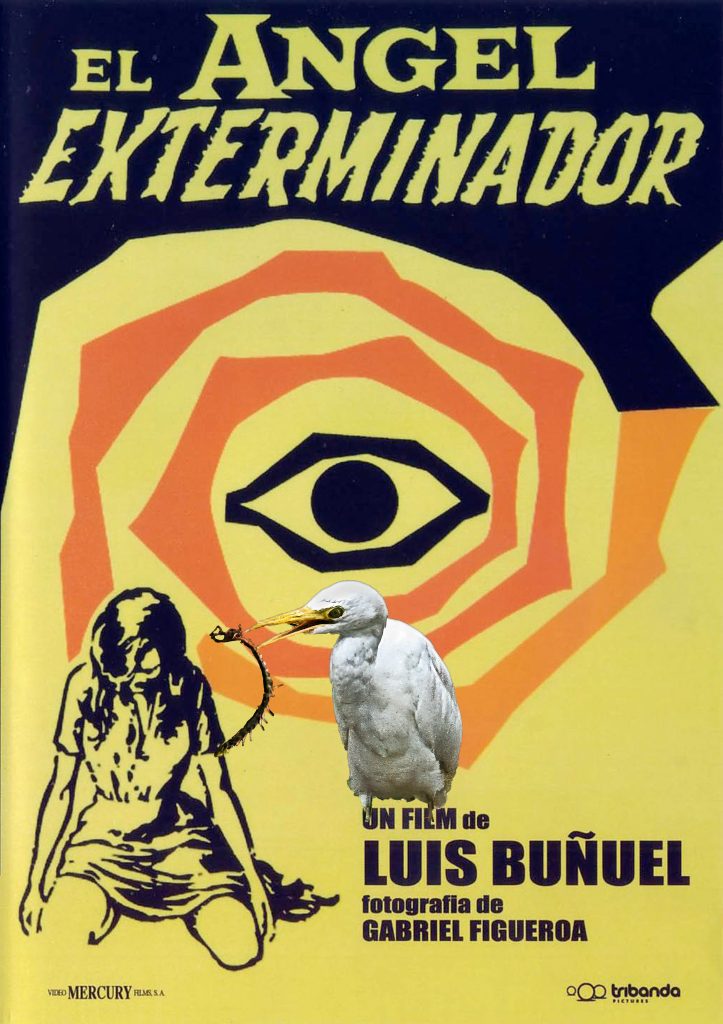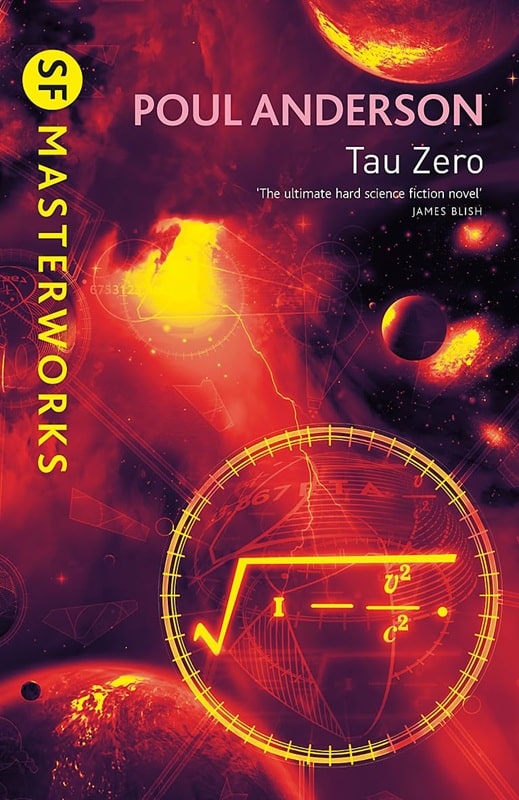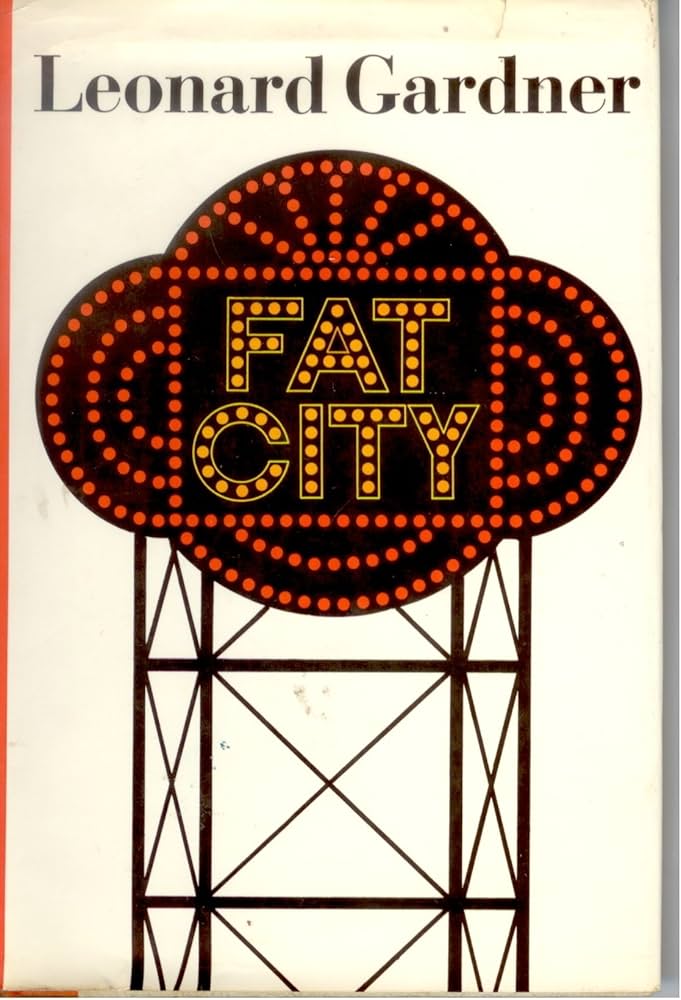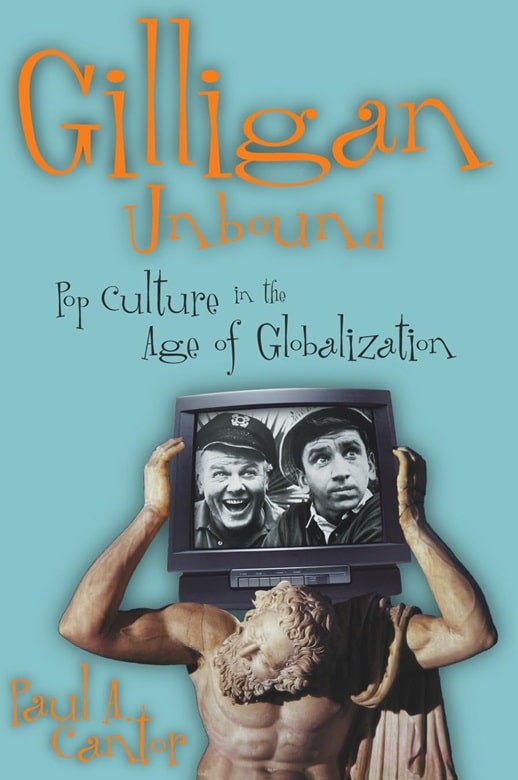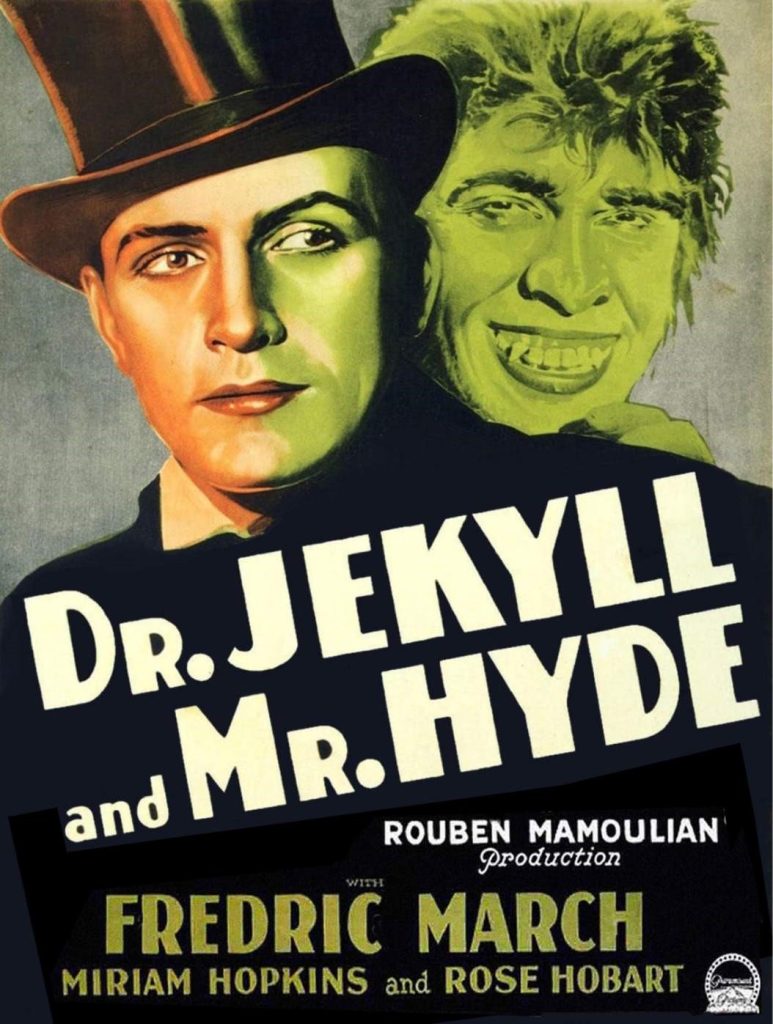To Save Your Sanity, Take Stephen Leacock’s Nonsense Novels and Call Me in the Morning (or, Why Are Canadians Funny?)
You need a good laugh right now. How do I know this? I know this because I need a good laugh right now. Everyone I know needs a good laugh right now, so it stands to reason that you need one too, doesn’t it?
So… where to go for that much-needed laugh? Well, there are standup specials on Netflix and the other streamers, you’ve got SNL, there are the many late-night topical jokemeisters — all the usual suspects. Now if that stuff really makes you feel better, more power to you; there’s so much of it available these days, you’re in the enviable position of being a kid locked in a candy factory. For me, though, none of those folks can talk for two minutes without referring to you-know-who who lives you-know-where and is up to you-know-what, and I’m sorry, but all that usually ends up making me feel worse.
To maintain minimal sanity, sometimes what I need most is something that will take me to a place that Thomas Hardy (who briefly hosted the Tonight Show after Conan O’Brien was fired) called “far from the madding crowd.” I don’t want something that’s out to earn my approval because it’s correct; I want something that’s out to make me laugh because it’s funny.
Fortunately, several years ago, I found a fabulous device that accomplishes just that. It’s called… are you ready for this? It’s called a book. And that’s not the half of it. It was written by a fellow named Stephen Leacock, and this guy was… I can’t believe I’m saying this… he was… a Canadian.

